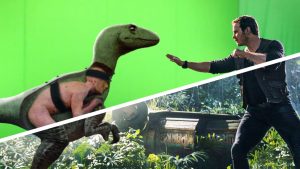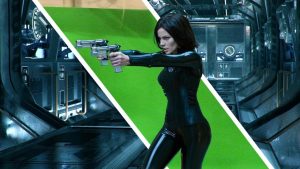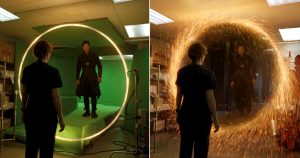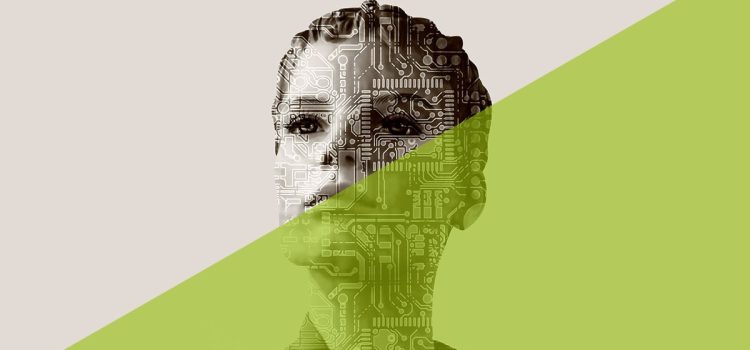
Introduction
The world of cinema has always been a fertile ground for innovation, where technology and creativity meet to create awe-inspiring visual experiences. Over the past few decades, visual effects (VFX) have evolved from rudimentary special effects to sophisticated digital artistry. One of the most transformative advancements in this field is the integration of Artificial Intelligence (AI). This article delves into the role of AI in enhancing visual effects in movies, exploring how it has revolutionized the industry and what the future holds.
The Evolution of Visual Effects in Movies

-
Early Beginnings
The history of visual effects in movies dates back to the early 20th century. Pioneers like Georges Méliès used practical effects, such as double exposure and miniatures, to create magical scenes. As filmmaking technology advanced, so did the techniques for creating visual effects. The introduction of optical effects, matte paintings, and stop-motion animation marked significant milestones in the evolution of VFX.
-
The Digital Revolution
The 1990s witnessed a seismic shift in visual effects with the advent of digital technology. Movies like “Jurassic Park” and “Terminator 2: Judgment Day” showcased the potential of computer-generated imagery (CGI). This era marked the beginning of a new age where digital artists could create realistic and fantastical worlds that were previously unimaginable.
The Role of AI in Modern Visual Effects

-
Automation and Efficiency
One of the primary ways AI is enhancing visual effects in movies is through automation. Traditional VFX processes often require painstaking manual work, such as rotoscoping, which involves tracing over footage frame by frame to create masks. AI algorithms can now automate these tasks, significantly reducing the time and effort required. For instance, machine learning models can analyze footage and automatically generate accurate masks, freeing up artists to focus on more creative aspects of their work.
-
Realistic Simulations
AI has also revolutionized the creation of realistic simulations. In the past, simulating natural phenomena like water, fire, and smoke required complex physics-based algorithms and extensive computational resources. AI-driven techniques, such as neural networks, can now generate these simulations more efficiently. For example, deep learning models can be trained on vast datasets of real-world phenomena to produce highly realistic and dynamic visual effects.
-
Enhancing CGI Characters
Creating lifelike CGI characters has always been a challenge in the VFX industry. AI has made significant strides in this area by improving facial animation and motion capture. Machine learning algorithms can analyze human expressions and movements to generate more natural and believable animations. This technology has been used in movies like “The Lion King” (2019) and “Avengers: Endgame” to bring characters to life with unprecedented realism.
-
Style Transfer and Artistic Enhancement
AI has also opened up new possibilities for artistic enhancement in visual effects. Style transfer algorithms can apply the visual style of one image or video to another, allowing filmmakers to experiment with different aesthetics. This technique has been used to create unique visual styles in movies like “Spider-Man: Into the Spider-Verse,” where AI was employed to blend comic book art with 3D animation seamlessly.
Case Studies: AI in Action

-
Blade Runner 2049
“Blade Runner 2049” is a prime example of how AI has been used to enhance visual effects in movies. The film’s VFX team employed AI-driven techniques to recreate the character of Rachael, originally played by Sean Young in the 1982 film. By analyzing footage of Young’s performance and using machine learning algorithms, the team was able to generate a digital double that closely resembled the original character.
-
The Irishman
Martin Scorsese’s “The Irishman” utilized AI-driven de-aging technology to transform its lead actors, Robert De Niro, Al Pacino, and Joe Pesci, into younger versions of themselves. Traditional de-aging techniques often rely on extensive manual work, but AI algorithms were able to automate much of the process, resulting in more realistic and seamless transformations.
The Future of AI in Visual Effects

-
Real-Time Rendering
One of the most exciting prospects for the future of AI in visual effects is real-time rendering. Traditionally, rendering high-quality visual effects is a time-consuming process that requires powerful hardware. AI-driven techniques, such as neural rendering, have the potential to produce high-quality visuals in real-time, enabling filmmakers to see the results of their work instantly and make adjustments on the fly.
-
Personalized and Interactive Experiences
As AI continues to advance, it could pave the way for personalized and interactive cinematic experiences. AI algorithms could analyze audience preferences and dynamically adjust visual effects to create tailored viewing experiences. This technology could also be used in virtual reality (VR) and augmented reality (AR) applications, where real-time interactions and immersive environments are crucial.
-
Ethical Considerations
While the integration of AI in visual effects offers numerous benefits, it also raises ethical considerations. The ability to create realistic digital replicas of actors, for example, poses questions about consent and the potential for misuse. As AI technology continues to evolve, it will be essential for the industry to establish guidelines and standards to ensure ethical practices.
Conclusion
The role of AI in enhancing visual effects in movies is a testament to the power of technology and creativity working in harmony. From automating tedious tasks to creating realistic simulations and lifelike characters, AI has revolutionized the VFX industry. As we look to the future, the potential for AI-driven innovations in visual effects is boundless, promising even more breathtaking and immersive cinematic experiences.









